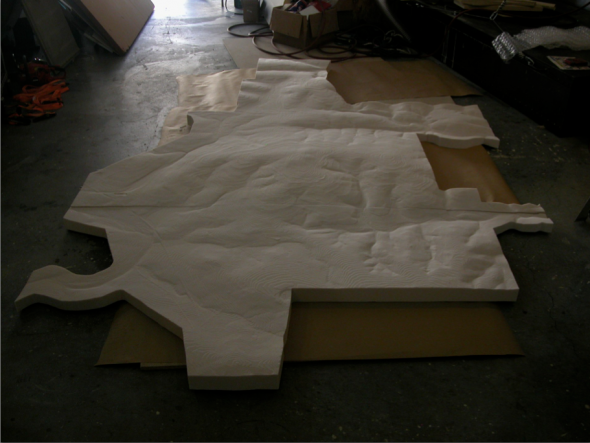With millions of data points and tolerances tighter than some high-powered engines, topographical modelmaking, or digital elevation modeling, is a learned art requiring a keen eye for details.
Topographical models are frequently used by a variety of industries including geologists, architects, construction firms and land developers. They are often seen in museums and visitor centers, and are a great way for people to get a “Bird’s eye view” of a large area to analyze anything from geological changes to potential construction sites.
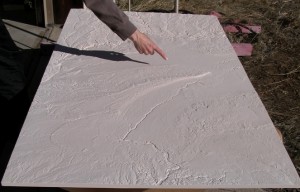
We recently had a chance to speak with topographical model maker Donn Arrell, owner of Clinton Systems, about some of the beautiful models he has made over the years. Donn’s first step before building a model is securing an accurate data source. This can be in the form of a CAD drawing provided by the customer, or a drawing acquired from a source like the National Elevation Dataset (NED).
After selecting the resolution and scaling the drawing (which is a lot more work than it sounds), Donn will run a simulation which will indicate how long it will take to CNC machine. It’s then a matter of selecting the material (Donn uses Precision Board Plus), and starting the CNC on its course.
Most of the models Donn produces can be finished in a day or two, but occasionally large projects require a week or more of running the router day and night! (Which didn’t surprise us after seeing some of the models!) Many of these models will then go onto another professional Modelmaking shop who may paint it and add LED’s or even moving parts.
Mars HiRise images of sites in Gale Crater at 600 data points per inch. Models represent areas of about 3 miles x 8 miles (8″ x 22″).
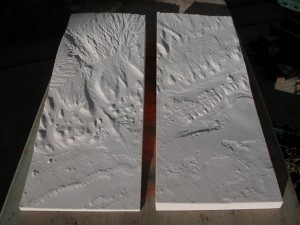
Donn prefers using Precision Board Plus HDU for his topographical models because:
“Precision Board offers a broad density range. Hard to damage touchable models can be made with the higher density foams. Cost sensitive projects gain cost benefits with lower density foams. Having a single source provider for these materials is a great advantage.”
Clinton Systems has been in business for over 20 years and specializes in high quality, high-resolution topographical models. Be sure to take a look at their website for more info: www.clintonsystems.com.
All of these models are made out of Precision Board Plus HDU.
Model of a recent NASA Mars Rover landing site in the Gale Crater. Carved into Precision Board Plus PBLT-20 at 600 data points per inch resolution. Using high resolution data from a Mars HiRISE image.
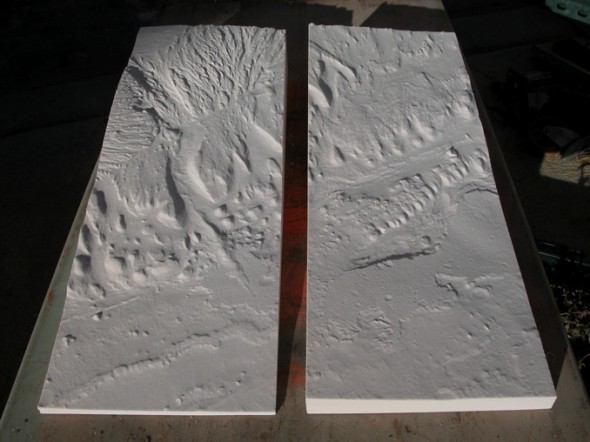
The “Couteau”, a region of North and South Dakota, Iowa, and Minnesota. Made using Precision Board Plus PBLT-20.
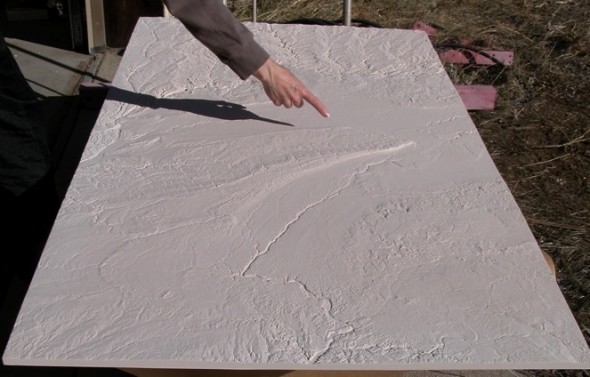
A site study model for new construction in in Guam from survey data. Made using Precision Board Plus PBLT-10.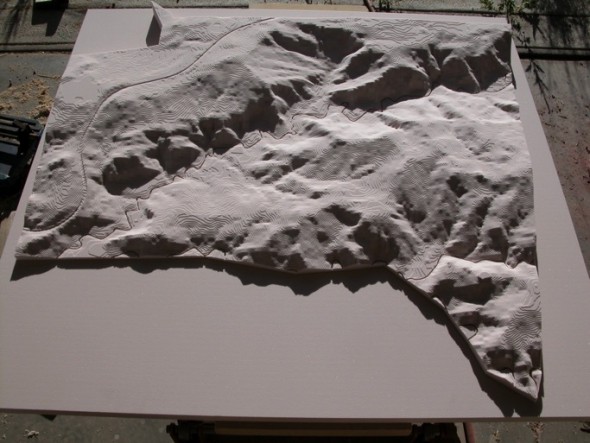
A 15′ rendering of Sinnemahoning State Park based on the USGS 3 meter high resolution Lidar data. Made in 3 height matched sections from Precision Board Plus PBLT-20.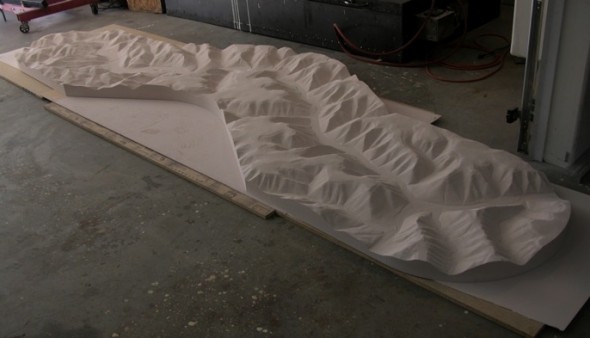
Small architectural base model for easy transport. Note the recess for inserting a 3D building model in the lower right hand corner. Steps clearly show drainage and grading. The data source is an architectural CAD rendering. Precision Board Plus PBLT-20.
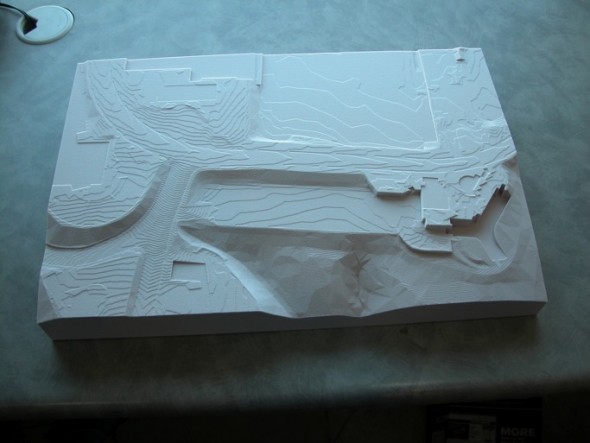
Jackson Hole, Wyoming, Ski resort with some vertical exaggeration to emphasize the ski slopes. Data from the USGS National Elevation Database. Precision Board Plus PBLT-20.
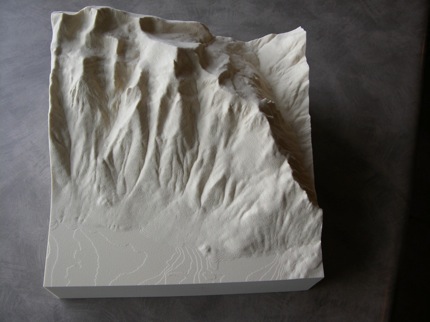
Base for a site development presentation model, 8′ x 12′ made from Precision Board Plus PBLT-6 in 3 height matched sections.
